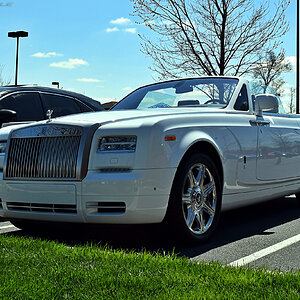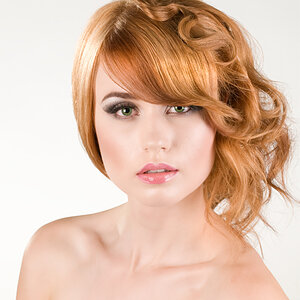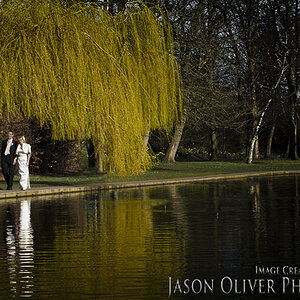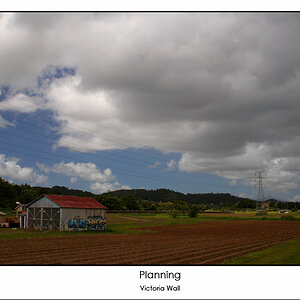Patm1313
TPF Noob!
- Joined
- Jun 14, 2008
- Messages
- 192
- Reaction score
- 0
- Location
- Northeast US
- Can others edit my Photos
- Photos OK to edit
If you have a pop-up flash on your camera, and thus can't point it in a different direction than what you're shooting, then how do you diffuse the flash?



![[No title]](/data/xfmg/thumbnail/38/38732-8364f5190d3f325e8ee02d23404a610c.jpg?1619738703)




![[No title]](/data/xfmg/thumbnail/30/30881-c36788e79b12973b7bf57c94b46961e9.jpg?1619734495)




